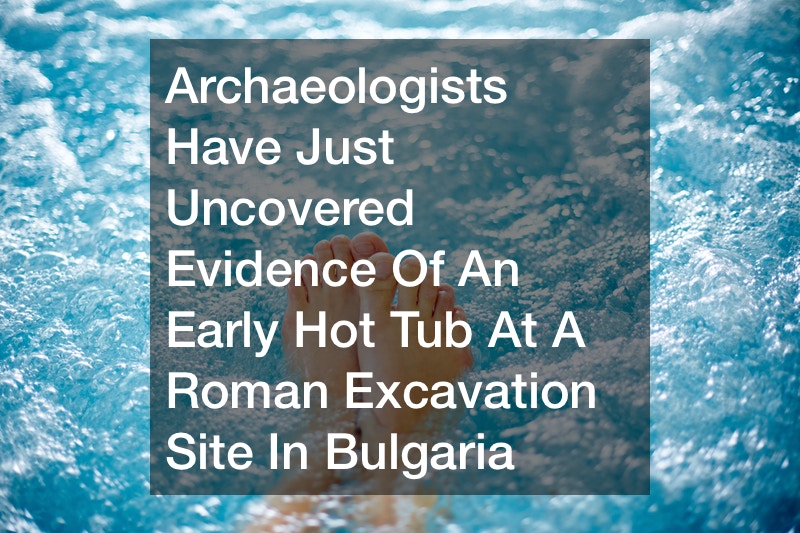
When you want a place to relax at the end of a long day, it can be fun to use a hot tub. However, certified hot tubs can be expensive to purchase. An above ground spa installation can be complicated, and you may even need a new electric line installed to power it. However, there are affordable Jacuzzi hot tubs available if you know where to look. Many people get hot tubs that have been returned to stores or buy a floor model that has been on display. There is also a second-hand market for used hot tubs.
Are Inflatable Hot Tubs Worth the Money?
If your budget is a major concern, you might try a blow up hot tub. These cost much less than an installed hot tub, but they are not as sturdy. You won’t be able to get as much use out of a blow-up model as you can with a traditional model. However, if you really want a hot tub for a small amount of money, these blow-up versions can be fun to use for a while. You can spend a lot of evenings enjoying the water in these inexpensive versions of a hot tub.
When it comes to bathing and bathroom fixtures, the overwhelming majority (79%) of people today prefer space-saving additions like an enclosed glass shower. But it’s hard to deny that baths and hot tubs allow a level of comfort that showers just don’t have — and in fact, the ancient Romans thought so, too.

According to reports from Archaeology in Bulgaria and The Week, archaeologists working at an excavation of Roman ruins in modern-day Bulgaria have found what looks like the ruins of a very ancient hot tub.
The ruins are located on the Via Trajana, an ancient Roman “highway” which stretched from the Italian peninsula all the way into the Balkans.
Ancient Origins describes this spot as “a highway outpost with a heated jacuzzi and swimming pool, plus a meeting place for VIPs [which was] a 1st to 5th century AD Roman road station.”
In other words, during Roman times, the site was probably home to something like a luxury hotel with its own spa, intended to serve high-profile politicians and businesspeople as they traveled.
The excavation site has been active since spring of 2014, and archaeologists have noted that the well-preserved architecture at the site is a rare and valuable find.
Researchers found evidence that Emperor Trajan, who ruled from 98 to 117 AD, likely visited the hotel, making the recent discovery of hot tub plumbing even more plausible; the Romans were very fond of their baths, but the process of transporting and heating water to be piped through a whole bathing facility was so complex that bathhouses were rarely found outside of city limits.
However, the hotel owner might be willing to spend more on a bathhouse if important dignitaries — like the emperor — would stay there during their travels.
As far as the actual recent excavated findings go, archaeologists have uncovered what is most likely an ancient type of furnace that would have heated the air inside the bathhouse’s praetorium, or meeting room. This hot air would be directed toward a shallow pool in the room and would heat up the water, creating something resembling a modern-day hot tub. Next to the hot tub, archaeologists have found evidence of a regular swimming pool.
If the uncovered plumbing was an ancient hot tub, it’s likely that archaeologists will find additional piping (or evidence of pipelines) running through the site, since Roman bathhouses were luxurious, spacious, and were constructed with highly advanced architectural features for the time.
In addition to this hotel-spa, the Bulgarian site is also home to a variety of ancient architectural ruins such as a Christian basilica and a maze of buildings that will be open to tourists in the near future.



